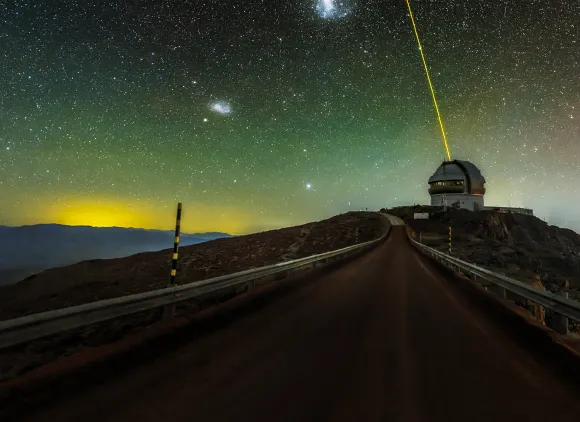The Astronomy and Astrophysics Advisory Committee advises the U.S. National Science Foundation, the National Aeronautics and Space Administration and the U.S. Department of Energy on issues within the fields of astronomy and astrophysics that are of mutual interest and concern to those agencies.

 On this page
On this page
Meetings
Meeting minutes and other information can be found by clicking on meeting links.
Upcoming meetings
Astronomy and Astrophysics Advisory Committee Meeting
August 15, 2025
Past meetings
Fall 2024 meetings
September 19–20, 2024
November 19, 2024
Summer 2024 meeting
June 6, 2024
Spring 2024 meeting
February 23, 2024
See all meetings.
Documents and reports
Contact Jacqueline Keane to request archived reports.
Members
Darcy Barron (Deputy Chair)
University of New Mexico
Term ends: 2026
Steven Boggs
UC San Diego
Term ends: 2027
Alyson Brooks (Deputy Chair)
Rutgers University
Term ends: 2027
Katherine Follette
Amherst College
Term ends: 2027
Dana Longcope
Montana State University
Term ends: 2028
Britt Lundgren (Committee Chair)
University of North Carolina Asheville
Term ends: 2025
L. Arielle Phillips
University of Natre Dame
Term ends: 2027
Anja von der Linden
Stonybrook University
Term ends: 2027
Hee-Jong Seo
Ohio University
Term ends: 2026
Contact information
Inquiries and recommendations regarding the Astronomy and Astrophysics Advisory Committee may be directed to Jacqueline Keane.



